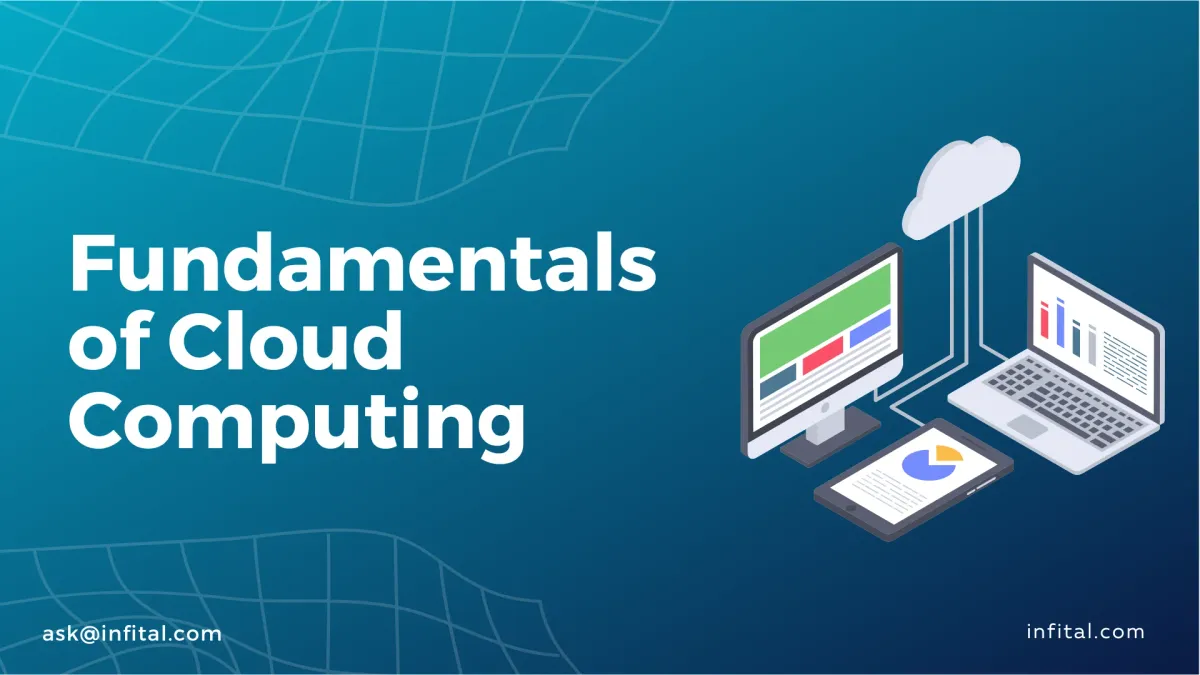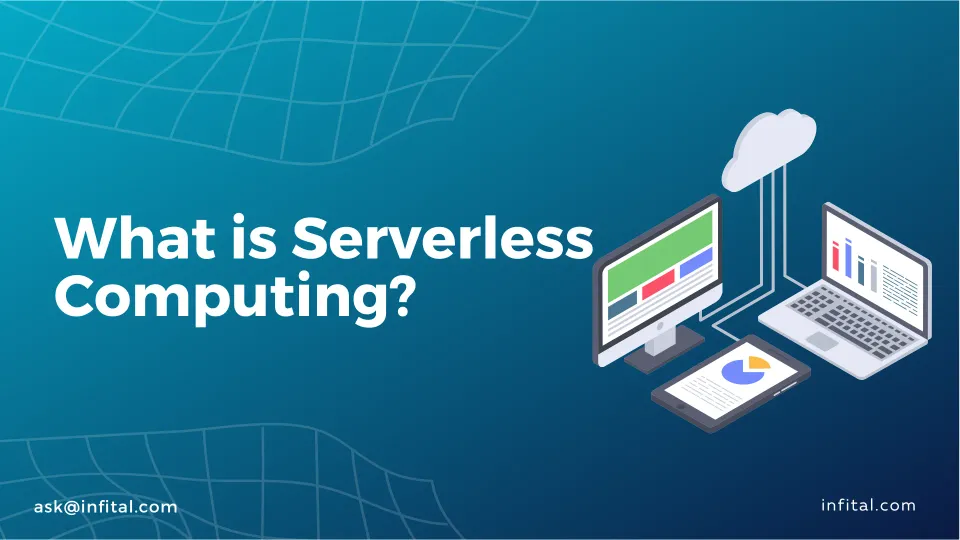Demystifying Cloud Computing: The Fundamentals Unveiled
cloud computing refers to the delivery of hosted services over the internet. This encompasses a wide range of services, including infrastructure, platforms, and software.

In today's fast-paced digital landscape, cloud computing has emerged as a revolutionary technology, transforming the way businesses operate and individuals interact with the digital realm. With its seamless access to resources and services over the internet, cloud computing has become an indispensable part of our lives. In this comprehensive guide, we will delve into the fundamentals of cloud computing, exploring its core concepts and shedding light on the various aspects that make it a game-changer in the world of technology.
What is Cloud Computing?
At its core, cloud computing refers to the delivery of hosted services over the internet. This encompasses a wide range of services, including infrastructure, platforms, and software. The three primary types of cloud computing are:
- Infrastructure as a Service (IaaS): In IaaS, users are provided with virtualized computing resources over the internet. This includes servers, storage, and networking, allowing organizations to scale their infrastructure without the need for physical hardware.
- Platform as a Service (PaaS): PaaS offers a platform that enables developers to build, deploy, and manage applications without worrying about the underlying infrastructure. This fosters faster development and innovation.
- Software as a Service (SaaS): SaaS delivers software applications over the internet on a subscription basis. Users can access these applications from any device with an internet connection, eliminating the need for local installations.
Private and Public Clouds
Cloud computing can be categorised into private and public clouds. A public cloud sells services to the general public over the internet, while a private cloud provides hosted services to a limited number of individuals within a proprietary network or data-center. Private clouds offer enhanced security and control, while public clouds are known for their scalability and cost-effectiveness.
How Cloud Computing Works
The Cloud Infrastructure : The backbone of cloud computing is its infrastructure, consisting of both hardware and software components. The cloud network connects the front end, which includes accessing client devices, browsers, and cloud software applications, with the back end, comprising databases, servers, and computers. Data is stored in the back end, acting as a repository accessed by the front end.
Central Server and Connectivity: A central server manages communications between the front and back ends, relying on protocols to facilitate data exchange. Middleware and software play a crucial role in managing connectivity between client devices and cloud servers. Each application or workload typically has a dedicated server, optimising performance and efficiency.
Advantages of Cloud Computing
(1) Scalability and Flexibility: One of the major advantages of cloud computing is its inherent scalability. Organizations can quickly scale resources up or down based on demand, ensuring optimal performance without incurring unnecessary costs. This flexibility empowers businesses to adapt to changing requirements efficiently.
(2) Cost-Efficiency: Cloud computing eliminates the need for upfront capital investments in hardware and infrastructure. With a pay-as-you-go model, businesses pay only for the resources they use, making it a cost-effective solution for organisations of all sizes.
(3) Accessibility and Collaboration: Cloud computing enables seamless access to data and applications from any location with an internet connection. This fosters collaboration among teams, regardless of their geographical locations, promoting productivity and efficiency.
Challenges and Security Considerations
(1) Data Security and Privacy: While cloud computing offers numerous benefits, it also raises concerns about data security and privacy. Storing sensitive information on external servers requires robust security measures to safeguard against unauthorised access and data breaches.
(2) Reliability and Downtime: Reliance on the internet for cloud services means that network outages or disruptions could affect access to critical applications and data. Cloud service providers must ensure high availability and redundancy to minimise downtime risks.
Future of Cloud Computing
The future of cloud computing looks promising, with continued advancements in technology. Artificial Intelligence (AI) and Machine Learning (ML) are likely to play a pivotal role in enhancing cloud capabilities, optimising resource allocation, and automating various processes.
Also, Edge computing is expected to complement cloud computing by decentralising data processing and bringing computation closer to the source of data. This approach reduces latency and enhances real-time data processing, critical for applications like IoT and autonomous vehicles.
Conclusion
Cloud computing has undoubtedly reshaped the digital landscape, providing businesses and individuals with unparalleled access to computing resources and services. Understanding the fundamentals of cloud computing is essential for making informed decisions and leveraging its potential to the fullest. As technology continues to evolve, the cloud's significance will only grow, propelling us into a future of limitless possibilities.

